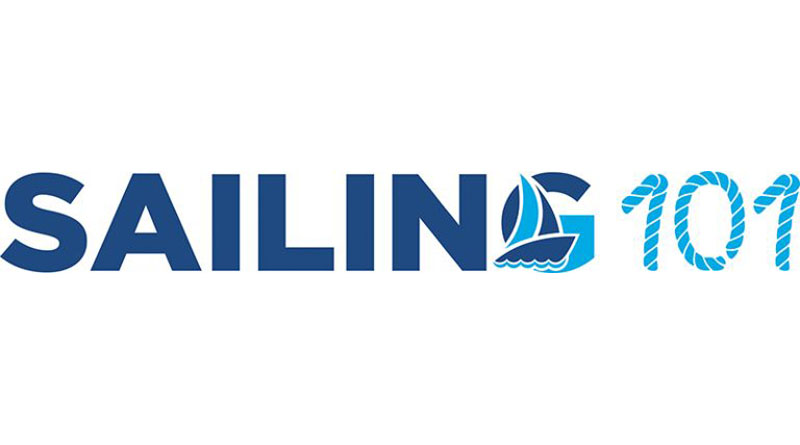Sailing 101: Make A List and Check it Twice
Ahoy Sailors, your galley should be secure and efficient by now which means we are moving on to a new lesson; here is a checklist that will make for a successful and safe sailing trip. Take this issue of the Log with you on your next adventure to use as a checklist and you’ll have everything you need! Stay tuned for next week when we discuss the big no-no’s on a sailboat.
A checklist is an efficient way to record and track required items, things to be done, points to consider, or remember items and tasks. When setting sail, it is important to account for everything from groceries to weather, to roles of the guests onboard in case of emergency. Here is a checklist for these categories.
Pre-Sailing Checklist:
- Check and report the weather forecast.
- If you have one (which you should), turn on Garmin InReach & Iridium Go, global satellite communications devices that act as pocket-sized cellular towers.
- Update Predict Wind Offshore app and weather route
- Turn off the anchor light (turn on nav lights if it’s a night sail)
- Check battery status
- Bilge check
- Engine check, clear filters, and check oil levels.
- Record fuel status (including jerry cans)
- Make sure instruments are on.
- Ensure that radar is on
- VHF on & tuned to channel 16
- Navigation – All charts and apps on, start recording track
- Sunscreen, Sailing gloves, & PFDs
- Make sure the swim ladder is put away.
- Galley – Everything stowed, hatches and portlights closed
- Cabin – Everything stowed, hatches and portlights closed
- Knot log clear
- Dinghy is secured, and pins are in place.
- Your stack pack, sometimes called a lazy pack or lazy bag, a modern type of sail cover, is unzipped and ready (tie zipper pull to boom topping line)
- Rudder control arm clear.
- Provisions, fuel, water, and gas, food for the journey (if it’s a day trip, try making small snacks like carrot and cucumber sticks and preparing salads or sandwiches. For longer trips, try to make several main meals and freeze them.
- Safety gear – divide and assign lifejackets (and harnesses if needed) to those onboard. It’s helpful to label the lifejackets with different numbers so that when the crew takes them off and they’re piled up, they can quickly identify the one fitted to them. This is also helpful if someone goes overboard. An unfitted lifejacket is less protective, especially for children.
- Crew safety briefing
- Crew passage briefing – explain the ‘Passage Plan.’
- Crew deck briefing
- Headsail – bending on, sheet leads, changing
- Mast – halyards, topping lifts, etc.
- Mainsail – reefing arrangements, clew outhaul
- Winches – operation, safety, the security of handles
- Ropes and fenders – how to tie on and store
Post-Sailing Checklist:
- Make sure all lines are correctly coiled and stowed away.
- Mainsail and stack pack tidy and zipped (the front cover should be put on if staying more than a night).
- Wheel locked
- Turn off instruments, radar, and VHF
- Open hatches & close bug screens
- Battery check
- Bilge check
- Stow away personal toys and equipment
- Turn on the anchor light
- Move over the boom for solar panels
- Rinse the deck to remove salt
Roles to assign guests in case of an emergency:
- When a person falls overboard, whoever sees the accident should shout OVERBOARD and keep their finger pointed at the persona to avoid losing sight of them in the waves.
- Another person should be throwing a buoyant object, like a life ring or lifejacket, to help mark the spot and assist the person in the water.
- Assign one person to help keep sight of the overboard person. Use a flashlight at night.
- Turn the boat and approach the person in the water with the boat facing upwind to help use the wind to slow the boat for better maneuvering and ensure you do not run them over. The wind will help blow the victim towards you.
- Switch the engine off to avoid the danger of it accidentally being put into gear.
- In a smaller boat, recover the person over the Emergency Preparedness & Response stern, which is the lowest part of the boat.
- Boats must have a reboarding device if the freeboard is greater than 2 feet. This can be a ladder or swim platform.



Such a comprehensive and helpful list! It’s important to stay safe at sea, many thanks!